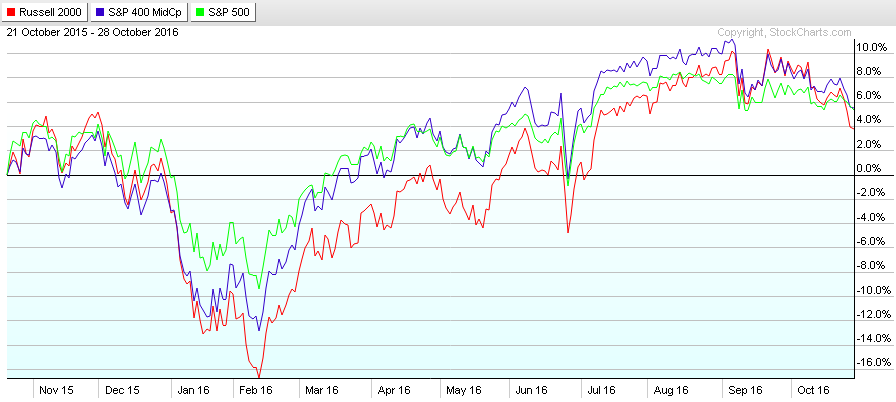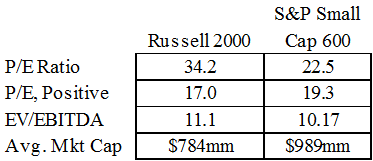


It’s calculated by the average percentage difference between the best buyer and seller during market hours. Slippage refers to how much you lose by crossing the spread when buying or selling an ETF. That said, costs have converged to the point where investors need to carefully consider other factors including the funds commercial viability, liquidity and track record. The less you pay a fund, the more of the returns you keep in your pocket. That’s great news because costs are one of the only factors you can fully control when investing in Australian shares. The 3 lowest cost ETFs are now within 0.03% p.a. Read about how Stockspot takes the guesswork out of choosing ETFs and builds you a diversified portfolio online.

BetaShares will be hoping it can continue to amass significant funds so that fee revenue allows this product to be financially viable for them. On the other hand the recently launched A200 is earning ~$1.5m p.a. VAS is the most profitable ETF, earning ~$10 million in revenue per year given it’s large share of the Australian share ETF pie, more than enough to be sustainable. This sent a strong signal from BetaShares that it intends to compete with State Street, Vanguard and iShares in this category. These ETFs have been undercut by BetaShares when they launched A200 at 0.07% p.a. After many years of sitting on their hands, STW have reduced it’s fee to 0.13% in March 2020. In 2015 STW lowered its MER from 0.29% to 0.19% in response to competitive pressures from VAS and IOZ which were gaining market share with fees of 0.10% and 0.09% respectively. Costs ASX codeĮTF expense ratios are becoming more competitive in Australia. On the other hand, ETFs which haven’t achieved critical mass sometimes shut down and return investor funds or increase their fees to cover their costs. As ETFs gather more assets it becomes easier for them to cut their expense ratios (fees) to continue attracting more funds. Size is important because ETFs must reach a certain size to become viable. MVW has been growing fast and now manages over $1.6 billion while the most recently launched A200 ETF from BetaShares debuted in May 2018 with $50 million under management and has since grown to $2.1b. VAS and STW are the largest Australian share ETFs managing $10.4 and $4.1 billion respectively. *Total fund assets under management at 30 June 2022 VanEck Vectors Australian Equal Weight ETF
#Ishare small cap etf code
The Best Australian Share ETFs for 2022 Review: STW, VAS, IOZ, MVW, A200 Size ASX code


 0 kommentar(er)
0 kommentar(er)
